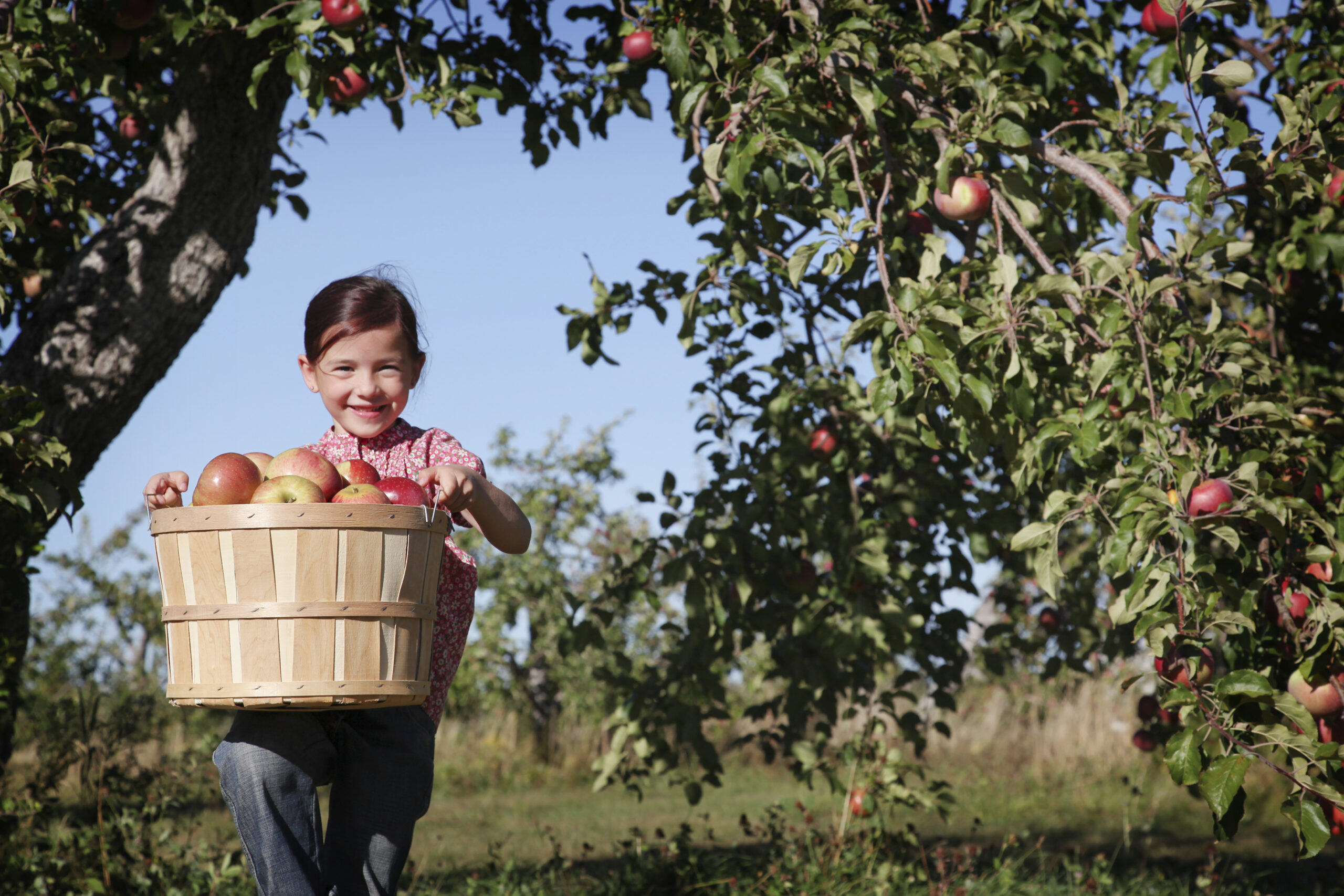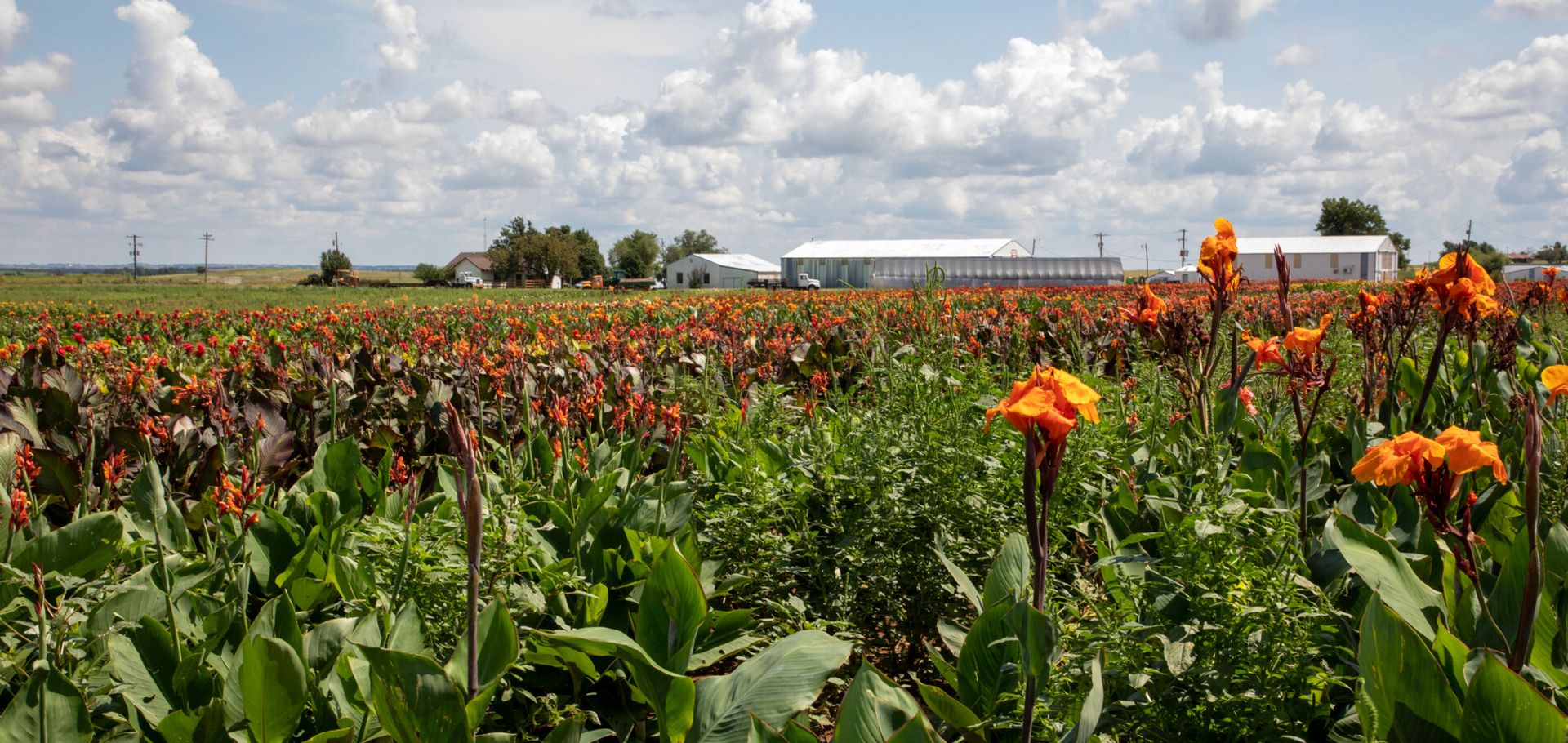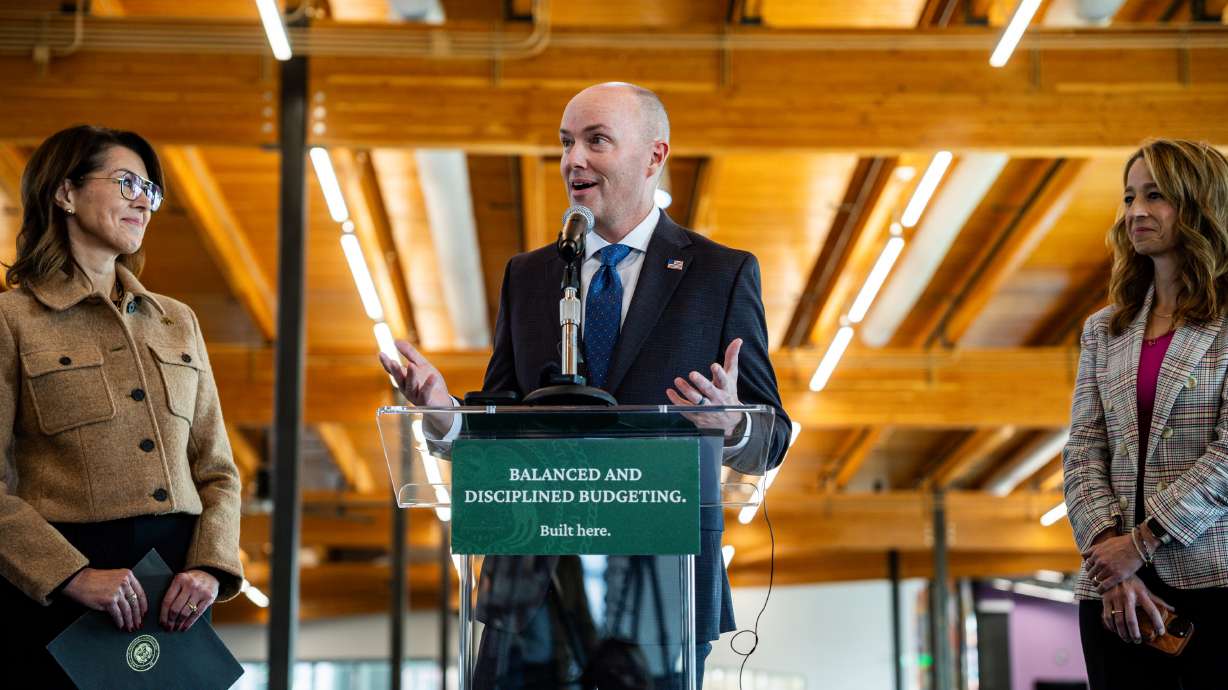This article was authored by Alyssa Chamberlain, a Research Intern at Libertas Institute.
In a viral TikTok, Nevada resident Jeanalin Rehm (@crazyfarmgirlera) tearfully shared her struggle to get approval for an egg stand in front of her home. After a six-month process costing $1,300—and initially meeting numerous government regulations, inspections, and zoning requirements—her application was ultimately denied at a county commissioner meeting due to zoning restrictions. Jeanalin’s story reflects the challenges many farmers face when trying to use their land in innovative ways, as they are often met with lengthy, expensive, and ultimately unproductive permit and appeal processes.
Agritourism offers year-round experiences, from springtime U-pick events to winter sleigh rides, providing families with opportunities to create lasting memories. While seasonal activities like pumpkin patches, corn mazes, hayrides, and Christmas tree farms are permitted in some cities and counties, many other forms of agritourism face unnecessary restrictions. These activities often take place on small-scale farms, where burdensome regulations can stifle creativity and innovation. To support farmers and enrich communities, cities and counties should implement clear, farmer-friendly zoning ordinances that make it easier to host diverse agritourism events throughout the year.
The Promise of Agritourism
Agritourism empowers farmers to thrive in a competitive economy while fostering community values of connection and gratitude. By opening their gates to the public, farmers give consumers a chance to experience agricultural processes firsthand, deepening appreciation for where food comes from. These activities also provide families and communities with safe, meaningful ways to spend quality time together—something increasingly rare in today’s isolated world.
However, outdated and convoluted zoning ordinances often hinder farmers from pursuing agritourism. Some cities permit limited activities like bed-and-breakfasts, while others vaguely allow “seasonal activities” or ignore agritourism entirely. This leaves farmers navigating complex codes, enduring lengthy appeals, and proving why they should be allowed to use their own land creatively.
Local governments should simplify the process by establishing clear, farmer-friendly ordinances. Instead of burdening farmers with excessive bureaucracy, cities and counties should bear the responsibility of justifying restrictions on agritourism. This shift would support innovation, strengthen communities, and help farmers thrive.
Fruitful Innovation
Utah’s Weber County has set a strong example with its agritourism ordinance, dedicating an entire chapter of its code to clear guidelines, qualifications, and allowed uses.
Other cities and counties should follow suit, streamlining zoning laws to empower farmers. Simplified regulations can remove unnecessary bureaucracy, encouraging innovation and maximizing the benefits of agritourism.
Cities and counties without agritourism provisions should revise their codes to explicitly permit activities like farm stands, corn mazes, Christmas fairs, barn weddings, and educational programs. These changes would give farmers a straightforward path to diversify their operations and connect with their communities.
The benefits of agritourism are wide and well known. Many of our lives have been enriched by treasured memories of agricultural experiences. Lesser known is the difficult road many farmers have had to walk in order to offer those memorable experiences. From the large-scale cattle ranch to the small independent chicken farm, those wishing to share their love for agriculture deserve an uncomplicated route to do so. Giving farmers simple and clear agritourism ordinances is the best way to ensure our children today and generations to come may reap the rich benefits of agritourism.






